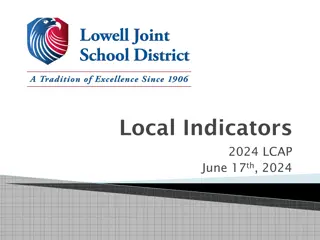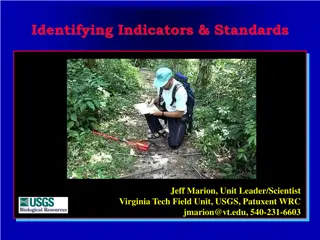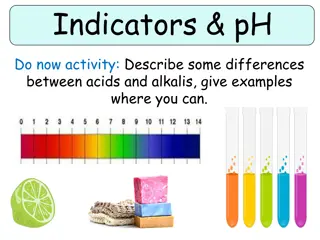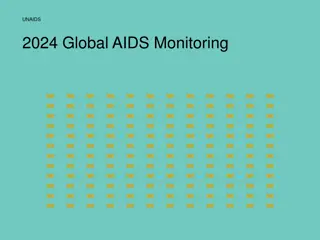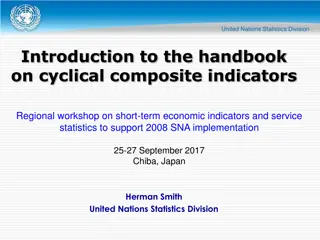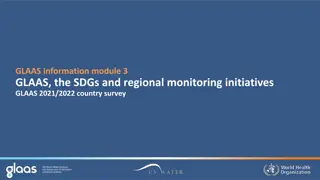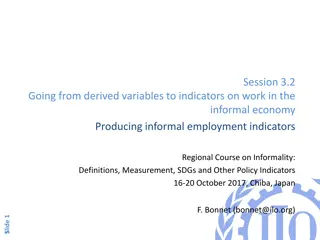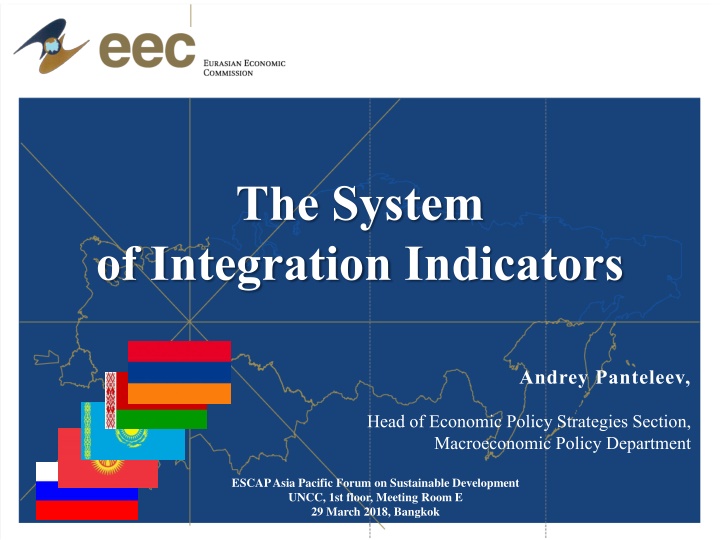
System of Integration Indicators in the Eurasian Economic Union
Explore the development of integration indicators to assess the depth of integration within the Eurasian Economic Union (EAEU), addressing key questions related to evaluation criteria, sustainable development goals alignment, comparison with other integration blocks, institutional conditions impact on economic benefits, and efficiency assessment of integration efforts.
Download Presentation

Please find below an Image/Link to download the presentation.
The content on the website is provided AS IS for your information and personal use only. It may not be sold, licensed, or shared on other websites without obtaining consent from the author. If you encounter any issues during the download, it is possible that the publisher has removed the file from their server.
You are allowed to download the files provided on this website for personal or commercial use, subject to the condition that they are used lawfully. All files are the property of their respective owners.
The content on the website is provided AS IS for your information and personal use only. It may not be sold, licensed, or shared on other websites without obtaining consent from the author.
E N D
Presentation Transcript
The System of Integration Indicators Andrey Panteleev, Head of Economic Policy Strategies Section, Macroeconomic Policy Department ESCAP Asia Pacific Forum on Sustainable Development UNCC, 1st floor, Meeting Room E 29 March 2018, Bangkok
| 2 The System of Integration Indicators MISSION to develop the instrument for assessing the depth of integration in the Eurasian Economic Union (EAEU) KEY QUESTIONS 1. What criteria are to be used to provide complex evaluation of depth of integration within an association? 2. How to incorporate the UN Sustainable Development Goals in the current systems of monitoring integration development in the EAEU? 3. What could serve as a basis to compare the integration blocks varying in number of the member states, level of economic development, geographical location? 4. Do the institutional conditions for integration indeed result in actual economic benefits? 5. How to evaluate the efficiency of integration effort to establish common markets? 6. How to compare the depth of integration within the EAEU and other integration blocks?
The architecture | 3 of the System of Integration Indicators COMPOSITE INDEX OF INTEGRATION Subindices of integration expertly defined weights principal component method . . . Integration indicators INSTITUTIONAL INTEGRATION INTEGRATION IN KEY MARKETSAND SECTORS MACROECONOMIC CONVERGENCE Indicators of conditions for integration Indicators of actual integration
The structure | 4 of the System of Integration Indicators reflects, in a broad sense, the convergence of the member states economies and policies, in the narrow sense - the convergence of their main macroeconomic indicators Macroeconomic convergence evaluates the real integration in the common markets of goods, services, labour and capital, as well as the intensity of mutual cooperation in sectors of agriculture, oil production, electricity and final goods consumption, education, thus, showing how national and foreign economic agents take advantage from the integration opportunities Integration in key markets and sectors evaluates the created integration conditions: the supranational legislation, the system of regulating bodies and joint institutions in integration association, implemented integration policies Institutional integration
| 5 Indicators of Institutional integration evaluates the created integration conditions: the supranational legislation, the system of regulating bodies and joint institutions in integration association, implemented integration policies Institutional integration indicator of the declared form of integration (Economic Agreements Database, The Kellogg Institute) indicator of the legal perfection of agreements (Deep Trade Agreements Database, World Bank) coefficient of percentile rank variation of the World Bank Governance Matters Rating coefficient of percentile rank variation of the Heritage Foundation Index of Economic Freedom compliance indicator declared forms of integration of real one supranational regulatory body (Y/N) diversity of supranational bodies (Y/N): court parliament, interparliamentary assembly monetary authority supranational acts of direct action (Y/N)
| 6 Indicators of integration in Common markets evaluates of the goods, services, labour and capital, and shows how national and foreign economic agents take advantage from the integration opportunities the real integration in the common markets Integration in common markets I. Integration in the markets of goods and services share of mutual export of goods in total export share of mutual import of goods in total import share of mutual turnover of services in the total turnover of services latitude application (UNCTAD, WTO) trade regime (FTA, CU, CES, CM, EU) ommon customs code (Y/N) common customs tariff: export and import (Y/N) access to the public procurement market (Y/N) national regime for residents of the member states (Y/N) common exchange space (Y/N) common criteria for economic security (food, energy) (Y/N) joint financial institutions / infrastructure (Y/N) supranational sectoral regulatory bodies (Y/N) integrated currency market/single currency(Y/N) unified mechanisms of protecting the rights of investors (Y/N) II. Integration in the capital markets share of foreign direct investment from the other member states in total FDI inflows agreed policy on the capital market: investment movement of capital of non-tariff barriers III. Integration in the labor markets share of migrants from other member states in the economically active population share of private transfers to the member states in the total volume of private transfers agreed policy on the labor market (Y/N): agreed pension policy agreed health care policy agreed social security policies recognizing education and training documents common requirements to the competencies of graduates joint educational programs / projects
| 7 Indicators of integration in Common markets reflects the intensity of cooperation among the member states, as compared to the rest of the world, in the sectors engendering key prerequisites for the economic development: trade in agriculture, oil and oil products, electricity, final goods, as well as educational exchanges. Integration in key sectors I. Integration in the markets of goods and services share of intra-integration in agricultural products in total external agricultural products trade turnover; Share of mutual trade turnover in oil and oil products in total external oil and oil products turnover; Share of mutual trade turnover in electricity in total external electricity turnover; Share of mutual trade turnover in final goods in total external final goods turnover; Share of students originated from the integration association member states in total number of international students association (hereinafter, mutual) trade turnover
| 8 Indicators of Macroeconomic convergence reflects, in a broad sense, the convergence of the member states economies and policies, in the narrow sense - the convergence of their main macroeconomic indicators Macroeconomic convergence standard deviation of GDP (PPP) growth rates per capita at 2011 values standard deviation of GDP (PPP) growth rates at 2011 values standard inflation deviation standard deviation of the nominal effective exchange rates standard deviation of the nominal final consumption the application of macro-thresholds (Y/N) the application of instruments of regional alignment (Y/N) development banks redistributive funds
The values of the Integration indicators (subindexes) | 9 INSTITUTIONAL integration Integration in KEY SECTORS MACROECONOMIC convergence Integration in KEY MARKETS
The values of the Integration indicators (composite index) | 10 The composite index of integration depth, year of 2018
| 11 Thank you for attention! ! ! ! ! ! Andrey Panteleev, Head of Economic Policy Strategies Section, Macroeconomic Policy Department panteleev@eecommission.org tel.: 8(495) 669-24-00 ext. 4653 +7-915-076-23-03



